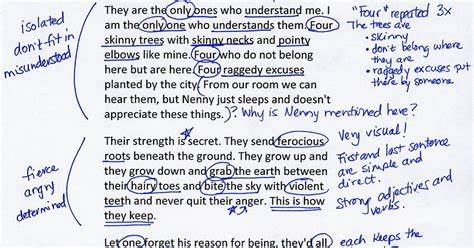
Ch Bakht Yar Zafar
Annotation refers to the process of adding information or notes to a text, image, or other data. This information can include comments, explanations, translations, or other relevant details that help to understand or interpret the original content. Annotation can be used in a variety of fields, including linguistics, computer science, and biology. In the context of machine learning and natural language processing, annotation is the process of marking up data to be used in training models.

Types
There are several types of annotation, depending on the field and context. Some common types include:
- Text annotation: Adding information or notes to a written document, such as comments, translations, or summaries.
- Image annotation: Adding information or labels to an image, such as identifying objects, people, or landmarks.
- Video annotation: Adding information or labels to a video, such as identifying objects, people, or actions.
- Audio annotation: Adding information or labels to an audio file, such as transcribing speech or identifying specific sounds.
- Linguistic annotation: Adding information or labels to text to analyze linguistic features, such as part-of-speech tagging or syntactic parsing.
- Semantic annotation: Adding information or labels to text to analyze meaning, such as named-entity recognition or coreference resolution.
- Sentiment annotation: Adding information or labels to text to analyze sentiment or emotion, such as positive, negative or neutral.
These are just a few examples, and there are many other types of annotation depending on the specific context or field.

Importance:
Annotation is important for several reasons, particularly in the field of machine learning and natural language processing. Some key reasons include:
- Training and testing data: Annotation is used to create labeled data sets that can be used to train machine learning models. Without annotation, it would be difficult to train models to perform tasks such as language translation or image recognition.
- Improving model performance: Annotated data sets can be used to test and evaluate machine learning models, allowing developers to fine-tune the model and improve its performance.
- Human-in-the-loop: Annotation can be used to involve human experts in the machine learning process, allowing them to provide feedback and correct errors that may be made by the model.
- Understanding and interpreting data: Annotation can be used to add context and meaning to data, making it easier to understand and interpret.
- Interoperability: Annotation can be used to standardize data across different systems, allowing it to be shared and reused more easily.
- Domain-specific tasks: Annotation is a crucial step in the development of machine learning models for specific domains such as medical, legal and finance, where the data needs to be labeled in a specific way.
Overall, annotation is a critical component in the development and use of machine learning models, and it plays a key role in improving the accuracy and performance of these models.
here are a few examples of annotation in different fields:
- Image annotation: Annotating an image of a street scene to identify and label the different objects in the image, such as cars, buildings, and pedestrians.
- Video annotation: Annotating a video of a soccer game to identify and label different events, such as goals, fouls, and offsides.
- Audio annotation: Annotating an audio recording of a speech to transcribe the speech and identify speakers.
- Linguistic annotation: Annotating a text to identify and label different parts of speech, such as nouns, verbs, and adjectives.
- Semantic annotation: Annotating a text to identify and label named entities, such as people, organizations, and locations.
- Sentiment annotation: Annotating a text to identify and label the sentiment or emotion expressed in the text, such as positive, negative or neutral.
- Medical annotation: Annotating a medical image to identify and label different structures and organs, such as tumors, blood vessels and bones.
- Legal annotation: Annotating legal documents to identify and label specific legal terms and concepts, such as contracts, statutes, and case law.
These are just a few examples, and there are many other types of annotation depending on the specific context or field.

Annotation has a long history, with roots in fields such as linguistics, literature, and art. Some key milestones in the history of annotation include:
- Ancient times: Annotation has been used for centuries to add notes and commentary to written texts. Examples can be found in ancient texts such as the Talmud, which includes extensive commentary on the Hebrew Bible.
- Renaissance: The Renaissance saw the development of the marginalia, which is the practice of adding notes and commentary in the margins of books. This was a common practice among scholars and intellectuals during this time.
- 19th century: The field of linguistics began to use annotation to analyze language, with scholars such as Franz Bopp and August Schleicher developing methods for annotating linguistic features such as phonetics and grammar.
- 20th century: With the advent of computer technology, annotation began to be used in fields such as computer science and artificial intelligence. Researchers began to use annotation to train computer programs to understand and process natural language.
- 21st century: With the rise of machine learning and artificial intelligence, annotation has become increasingly important. Annotated data sets are used to train machine learning models, and annotation is also used to improve the performance of these models. Additionally, annotation has become a key aspect of human-in-the-loop systems, where humans are involved in the machine learning process to provide feedback and correct errors.
Overall, annotation has a long history that spans many different fields, and it continues to play an important role in many areas of research and application today.
